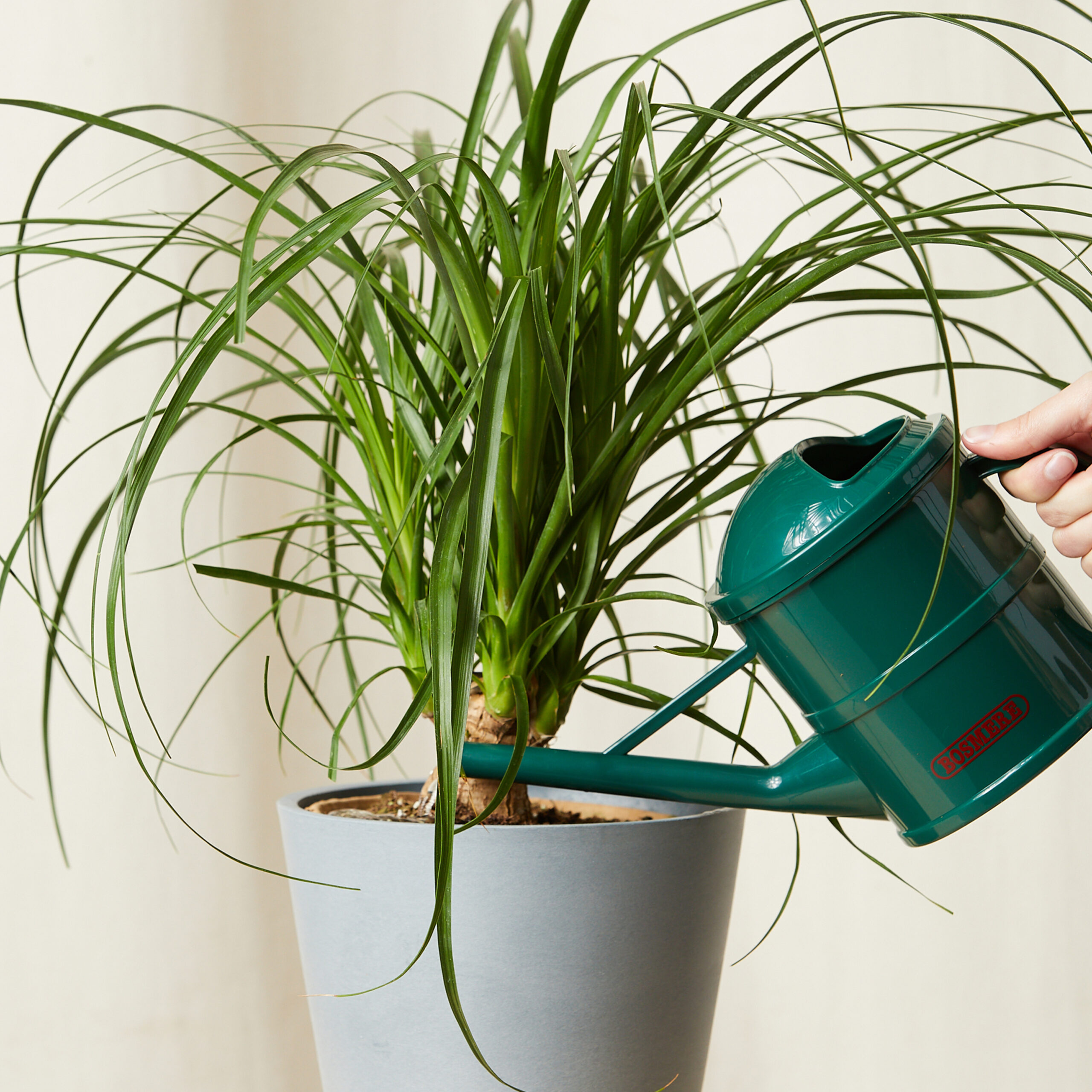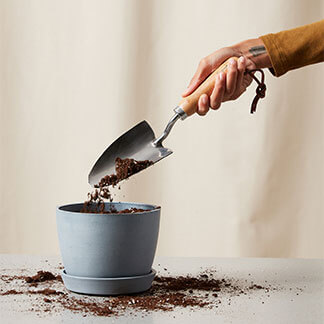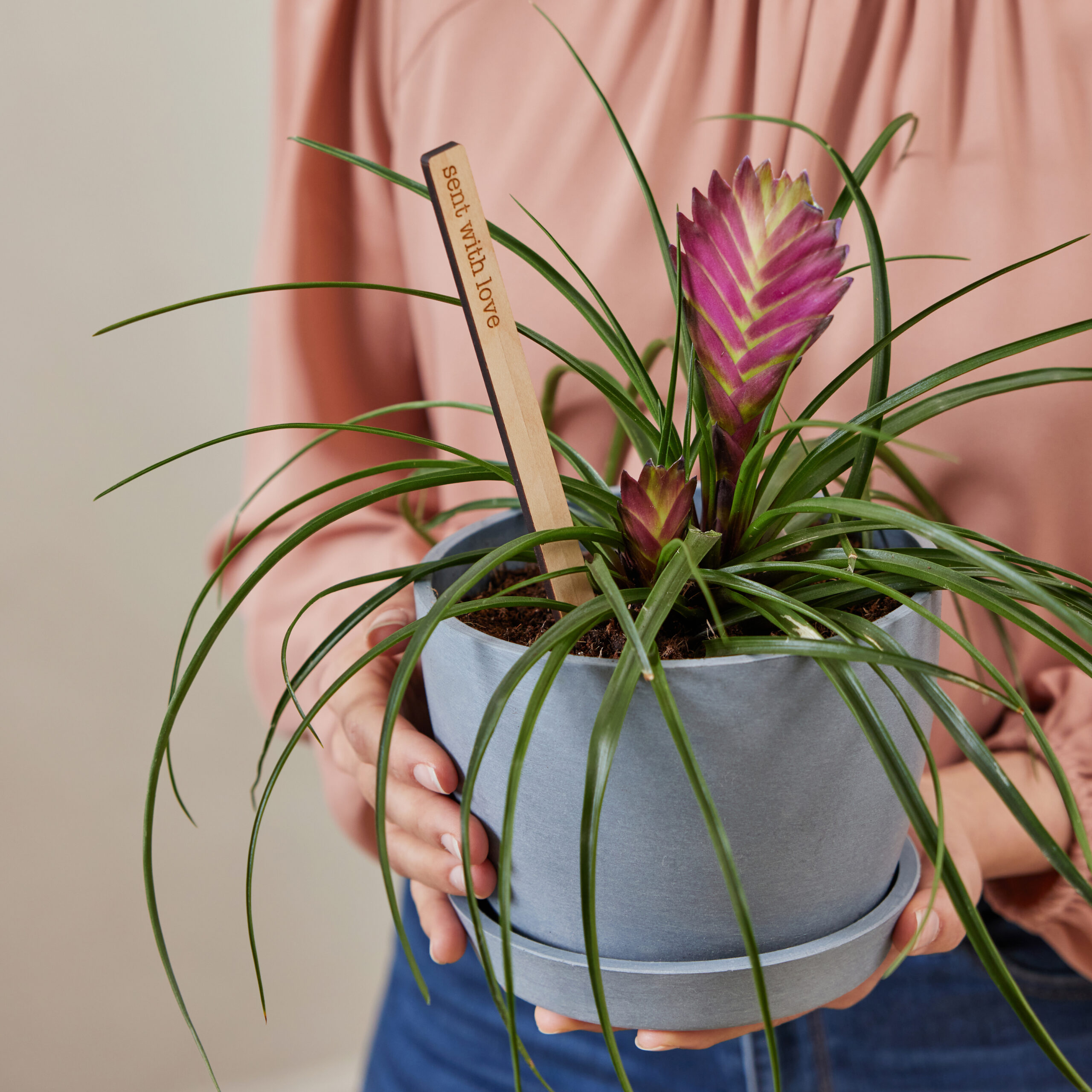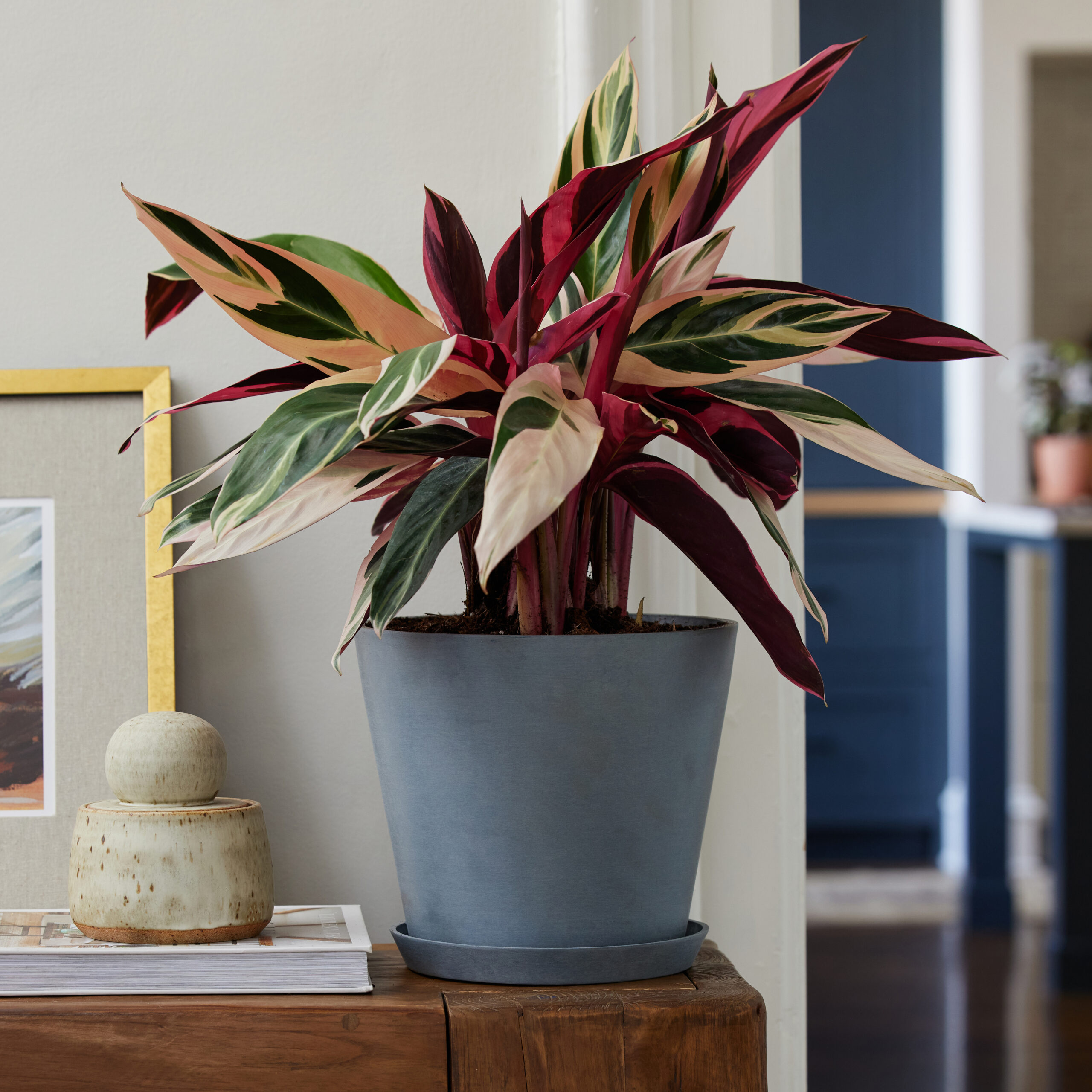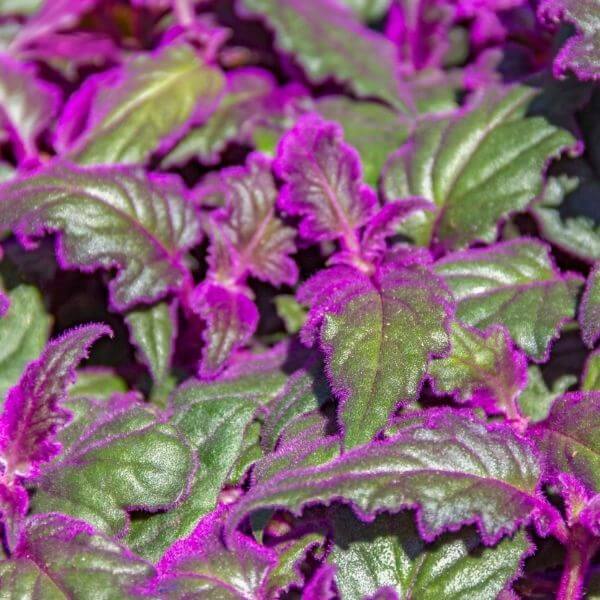How to care for your Purple Passion Plant
Use these instructions to care for a Purple Passion Plant. This guide will tell you how to water a Purple Passion Plant; its light, temperature, humidity preferences and any additional care it might need to help it grow.
Purple Passion Plant
Whether you hang your purple passion plant from a basket on your patio or place it on your coffee table, bright indirect light makes for ideal illumination. Direct sun exposure scorches leaves, but you might be able to place the plant near a slightly tinted window. You can also supplement with grow lights as needed when illumination is limited or during the winter.
A watering can is an important necessity when it comes to careful Purple Passion plant care. Using a container with a spout prevents the leaves from getting splattered with water, being that they easily become waterlogged. While your plant requires regular watering during spring and summer, you’ll need to ensure proper drainage and check to see that the soil is only slightly damp. During the winter, you can cut back on the watering to protect the roots from rot.
Your Purple Passion Plant feels most at home in moderate humidity. If the air is dry, you can place a humidifier close by (without the mist directly impacting the leaves) or place the pot on a pebble tray with water. And remember that Purple Passion Plant care does not include misting since its leaves don’t respond well to direct moisture.
Being a native of Indonesia, the Purple Passion plant thrives in mildly warm temperatures of 60–75°F. However they don’t tolerate extreme temperatures or sudden changes. Thus, they need to be kept away from vents and drafty areas.
You only need to feed your Purple Passion plant twice a month ideally with an all-purpose fertilizer at half strength and diluted in water. During the winter months, you can reduce the feeding down to once a month as the plant goes dormant.
The Purple Passion plant is safe for dogs, cats, and humans since it’s non-toxic, thus making it a worry-free choice.
If the plant starts to flower, that’s a sign it has reached maturity and you may want to start collecting cuttings.
String of Pearls
Place your String of Pearls in a sunny spot. It will thrive in direct sunlight, but will not tolerate being permanently placed away from a window. At least 4-6 hours of sun is ideal.
Allow the soil to completely dry out between waterings. Once dry, water thoroughly until you see water flow from the drainage hole. Succulents do not like to have ‘wet feet,’ so make sure there is no standing water in the saucer.
Your String of Pearls will do just fine in normal room temperatures, between 60-90°F.
Your String of Pearls does not require any extra humidity and can handle dry air.
Feed once every month during the spring and summer with a liquid fertilizer for succulents.
Your String of Pearls is considered toxic to humans and pets if ingested.
If the top of your plant starts to look bare, this most likely means that it is not getting enough light. To make it full again, move it to a sunnier location, lay a couple of strands on top of the soil and pin down using garden pins. These strands will root and make the plant appear full again.


